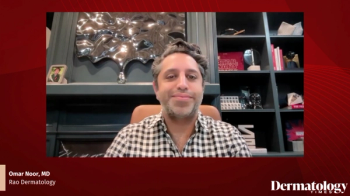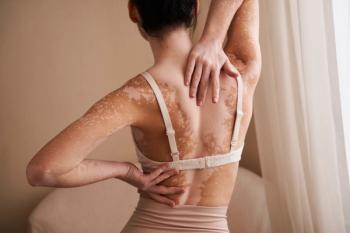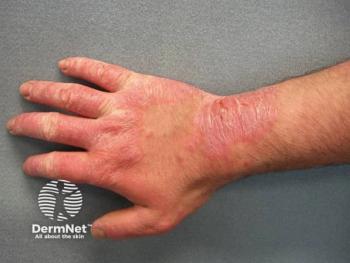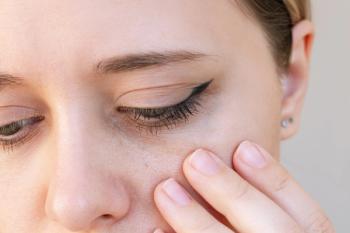
AD Misconceptions with Peter Lio, MD
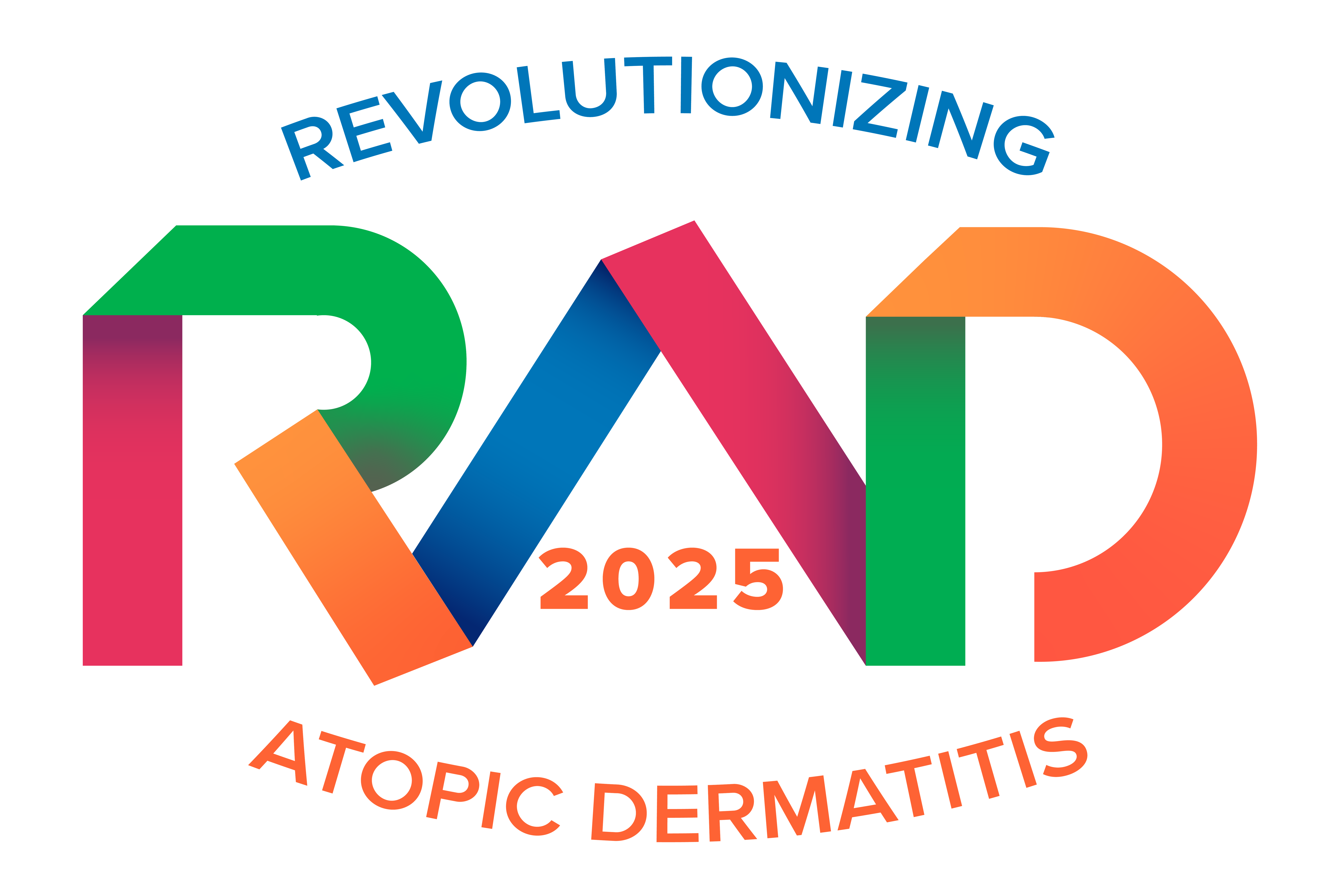
Key Takeaways
- Atopic dermatitis is a complex condition influenced by immune dysfunction, skin barrier disruption, and microbial imbalance, not just a single trigger.
- Dietary changes may help reduce flares but rarely address the full scope of atopic dermatitis.
While dietary changes can help slightly, they’re not a cure-all for most patients with AD.
In an interview with Dermatology Times, Peter Lio, MD, clinical assistant professor of dermatology and pediatrics at Northwestern University Feinberg School of Medicine and founding director of the Chicago Integrative Eczema Center, tackled 2 of the most persistent misconceptions about atopic dermatitis.
“One of the biggest misconceptions is that there's just 1 trigger, or a couple of triggering things, that if we could just find them, we would be solved,” said Lio. He acknowledged that, in rare cases, identifying a specific allergy or food intolerance can lead to significant improvement. However, this is far from the norm. “I wish it were all as simple as just cutting gluten and dairy. That’d make my life really easy,” he said.
Many patients and families hope dietary changes will be the magic solution. Yet, according to Lio, real-world experience tells a different story. “Hundreds and hundreds [of patients] saying, you know, we went gluten free and dairy free... it did get a little bit better, but it wasn’t gone.” These types of interventions may help reduce flares, but they rarely address the full scope of the disease.
Lio described eczema as a complex, chronic condition driven by a combination of factors including immune dysfunction, skin barrier disruption, and microbial imbalance. “The root cause is actually pretty complicated,” he explained. “Even if you knew what the trigger was initially…we're in the middle of a fire.”
He illustrated this with a striking analogy: “If we had a big forest fire, you might find that there was a kid from Cleveland, Ohio, that was playing with matches and started this fire... but putting that kid in jail wouldn't do anything. Now the forest is on fire. We have to put the fire out.”
The second major misconception Lio addressed is the belief that atopic dermatitis is always outgrown. While many patients improve over time, “not all,” he emphasized. “Some of them kind of waited and hoped, and they still are pretty miserable.”
Fortunately, treatment options have expanded. “We finally have the tools in our toolbox to get most patients better,” said Lio. While not a cure-all, today’s therapies offer substantial relief and a better quality of life for the majority of patients with atopic dermatitis—when the right approach is taken.
Want to hear more pearls and expert insights on AD? Join us at the annual
Newsletter
Like what you’re reading? Subscribe to Dermatology Times for weekly updates on therapies, innovations, and real-world practice tips.

